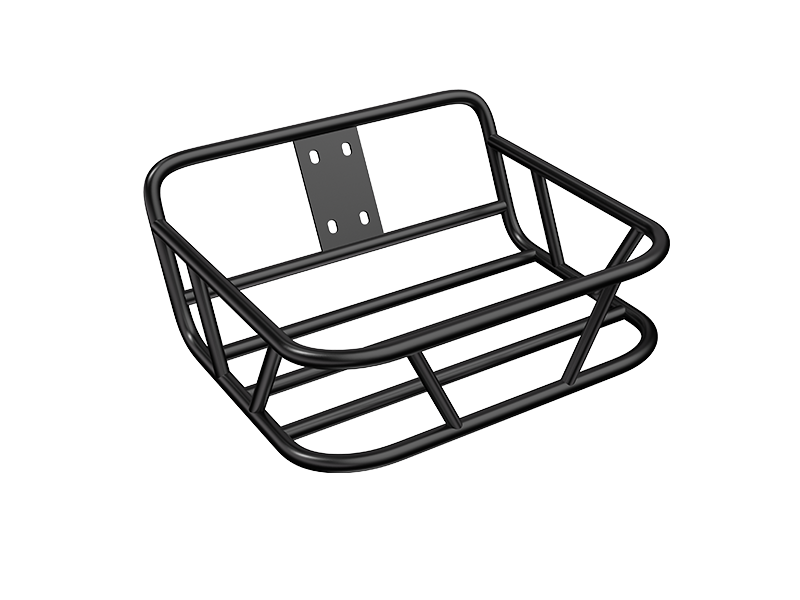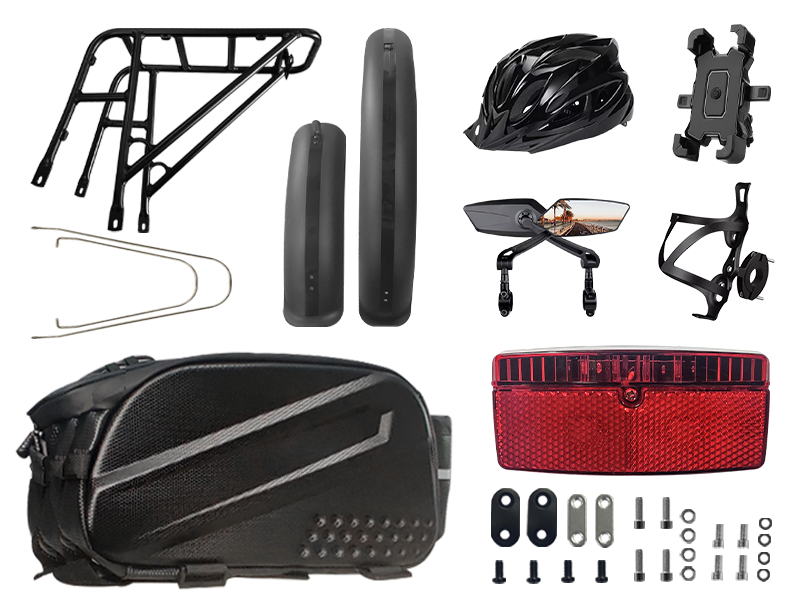Discover the Essentials of eBikes: A Comprehensive Guide
SEP 14, 2024
Electric bikes, or eBikes, have been making waves in the world of transportation, offering a versatile, eco-friendly alternative to traditional bikes. Whether you're a seasoned cyclist or someone exploring the idea of two-wheeled travel, this guide will provide a thorough understanding of what eBikes are, how they differ from traditional bikes, their benefits, components, and operation. We’ll also dive into their environmental impact and share tips for choosing the right eBike for your lifestyle.
What is an eBike?
An electric bike is essentially a bicycle equipped with an electric motor that assists with propulsion. Unlike a traditional bike, which relies solely on human power, an eBike allows you to pedal with assistance from the motor, making it easier to tackle hills, long distances, or simply cruise with less effort. Most eBikes have a rechargeable battery that powers the motor, giving you an efficient way to commute or ride for leisure.
How eBikes Differ from Traditional Bikes
At first glance, eBikes and traditional bicycles look quite similar, but their differences make them uniquely appealing. Here are some key contrasts:
- Pedal Assistance: eBikes feature pedal-assist or throttle modes. Pedal-assist gives your pedaling a boost, while throttles can propel the bike without pedaling.
- Motor and Battery: The motor assists your ride, usually located on the front or rear hub, or integrated into the crankset. Batteries, often mounted on the frame, power the motor and can range in capacity based on the model.
- Speed and Range: While traditional bikes rely solely on your effort, eBikes allow you to travel faster and farther with less strain. Many models can reach speeds up to 28 mph and cover distances between 20-50 miles on a single charge, depending on the battery size and terrain.
- Weight: Due to the motor and battery, eBikes are generally heavier than traditional bicycles. This can slightly affect how they handle, especially when not using the motor.
Benefits of Riding an eBike
eBikes offer several advantages over traditional bikes and even cars:
- Eco-Friendly Transportation: As electric vehicles, eBikes contribute significantly less pollution compared to cars, helping reduce your carbon footprint.
- Cost-Efficient: With no need for gasoline and lower maintenance costs, eBikes can be a more economical transportation solution.
- Health Benefits: Even with pedal-assist, eBikes encourage physical activity. Riders still need to pedal, promoting cardiovascular health without the strain of traditional cycling.
- Commuter Friendly: eBikes allow for quicker commutes, enabling riders to bypass traffic and avoid parking hassles. You can also arrive at your destination without being sweaty or fatigued.
- Adaptable for All Fitness Levels: Whether you're an avid cyclist or just starting, eBikes can help bridge the fitness gap by making cycling accessible for all fitness levels.
Key Components of an eBike
Understanding the parts of an eBike can help you make an informed choice when shopping. Here are the major components:
- Motor: The heart of the eBike. Motors vary in power (typically between 250W and 750W) and can be positioned in different locations (hub motor or mid-drive).
- Battery: The power source, with capacity typically measured in watt-hours (Wh). Larger batteries provide longer ranges but may add to the bike’s weight.
- Controller: This is the interface that allows the rider to adjust assistance levels, manage battery usage, and control speed.
- Pedal Sensor: Either a cadence sensor or torque sensor that detects your pedaling and adjusts motor assistance accordingly.
- Display Panel: Many eBikes have a digital display that shows your speed, battery life, assistance level, and other essential riding metrics.
How eBikes Operate
Operating an eBike is simple and intuitive, even if you’re new to cycling:
- Turn on the Power: The first step is turning on the battery and the control system.
- Select Assist Level: Most eBikes allow you to choose the level of motor assistance, ranging from low to high depending on how much help you want.
- Pedal or Throttle: Depending on the model, you’ll either pedal and let the motor assist, or use a throttle to power the bike without pedaling.
- Monitor Battery and Speed: Use the display panel to keep track of battery life and speed during your ride.
Environmental Impact of eBikes
One of the most significant benefits of eBikes is their positive impact on the environment. Traditional cars produce significant carbon emissions, whereas eBikes generate little to no emissions, particularly when charged using renewable energy. By opting for an eBike over a car for short trips, you can contribute to reducing air pollution and traffic congestion, making cities greener and more livable.
Tips for Choosing the Right eBike
Selecting the right eBike involves considering a few key factors:
- Purpose: Decide if you need an eBike for commuting, off-road adventures, or leisure rides. Commuter eBikes often have features like integrated lights and racks, while mountain eBikes come with suspension for rough terrain.
- Motor and Battery: For hilly areas or longer commutes, opt for a higher-powered motor and larger battery. If you’re just cruising around town, a smaller motor and battery may suffice.
- Weight: If you need to carry your bike or lift it upstairs, consider the bike’s weight. Some models are heavier due to the motor and battery, while others prioritize a lighter frame.
- Features: Look for additional features like fenders, racks, or smart tech like GPS tracking and NFC unlocking, which can make your rides more convenient.
In conclusion, eBikes offer a modern, flexible approach to cycling, bridging the gap between traditional bikes and motorized vehicles. Whether you’re seeking to cut your commute time, enjoy leisurely rides, or make a positive impact on the environment, there’s an eBike out there for everyone. With this guide, you're equipped with the knowledge you need to make an informed decision and get started on your eBike journey.













